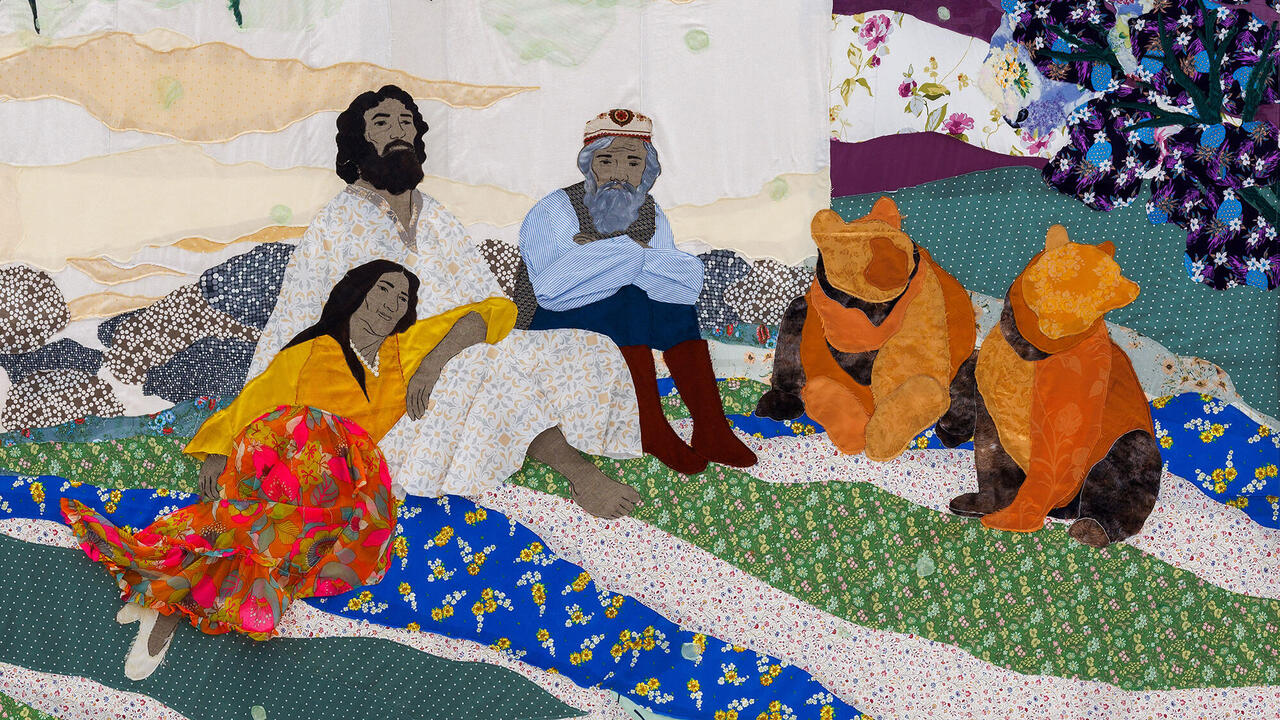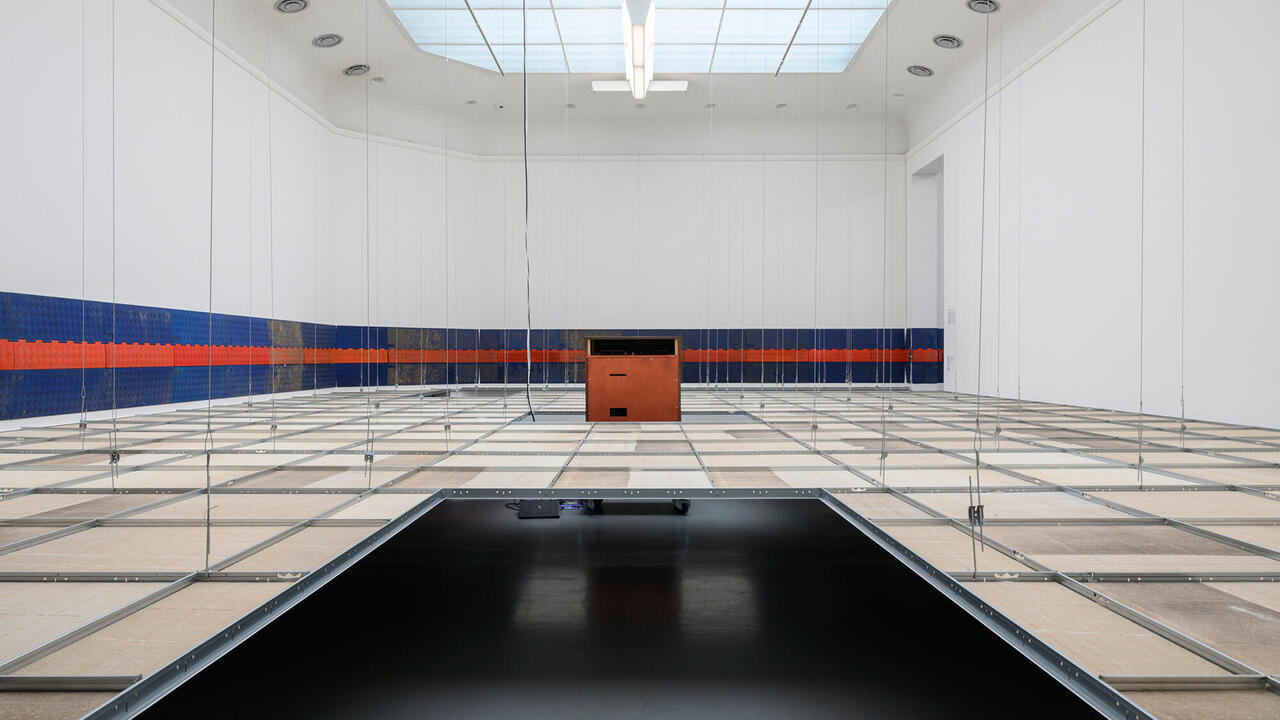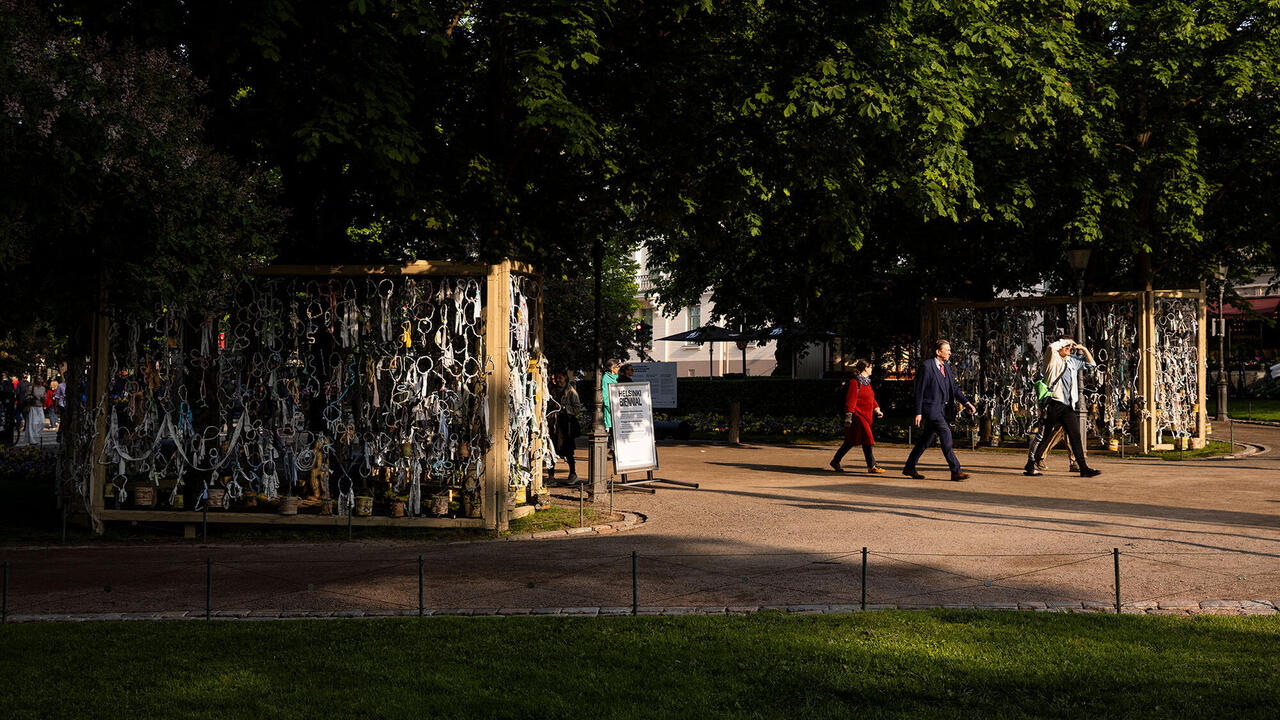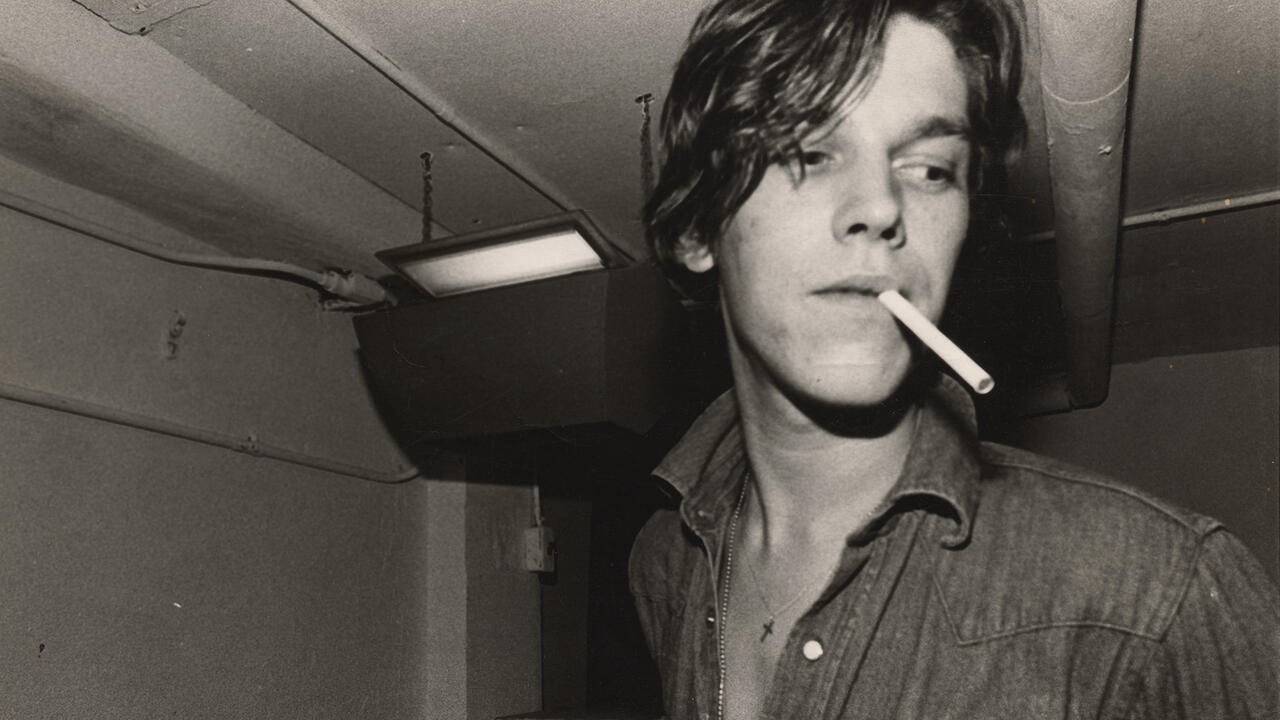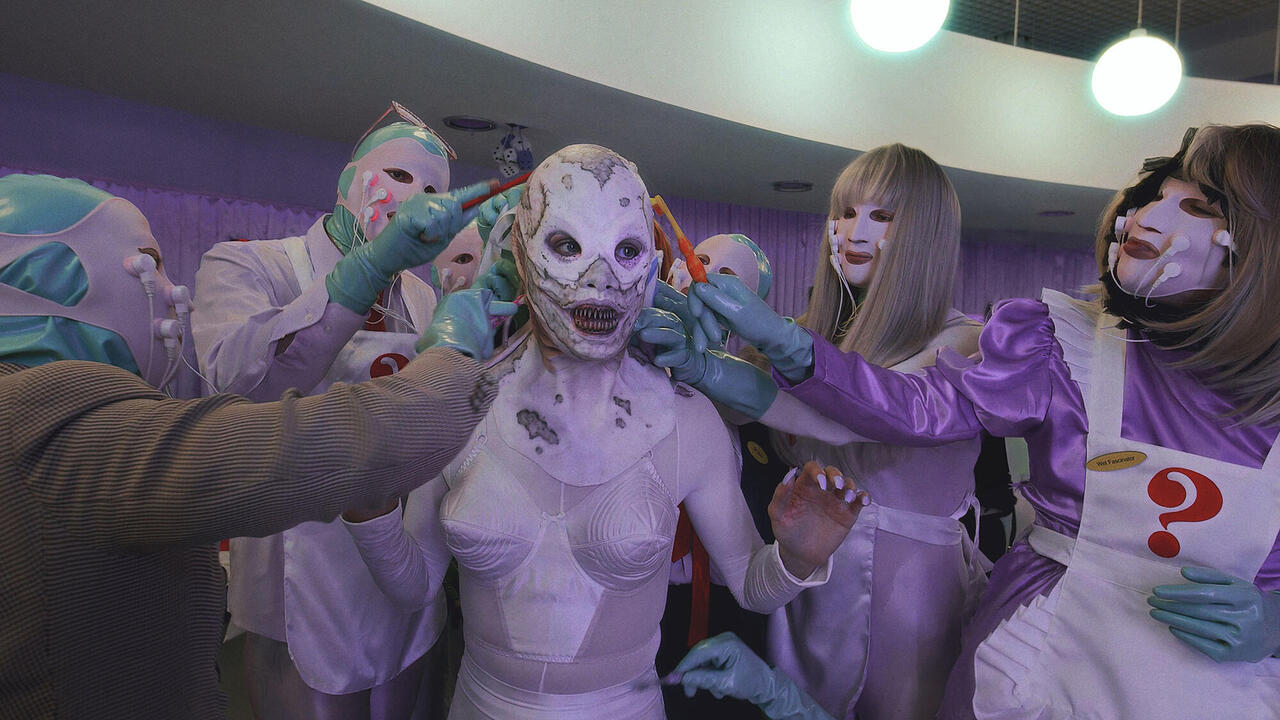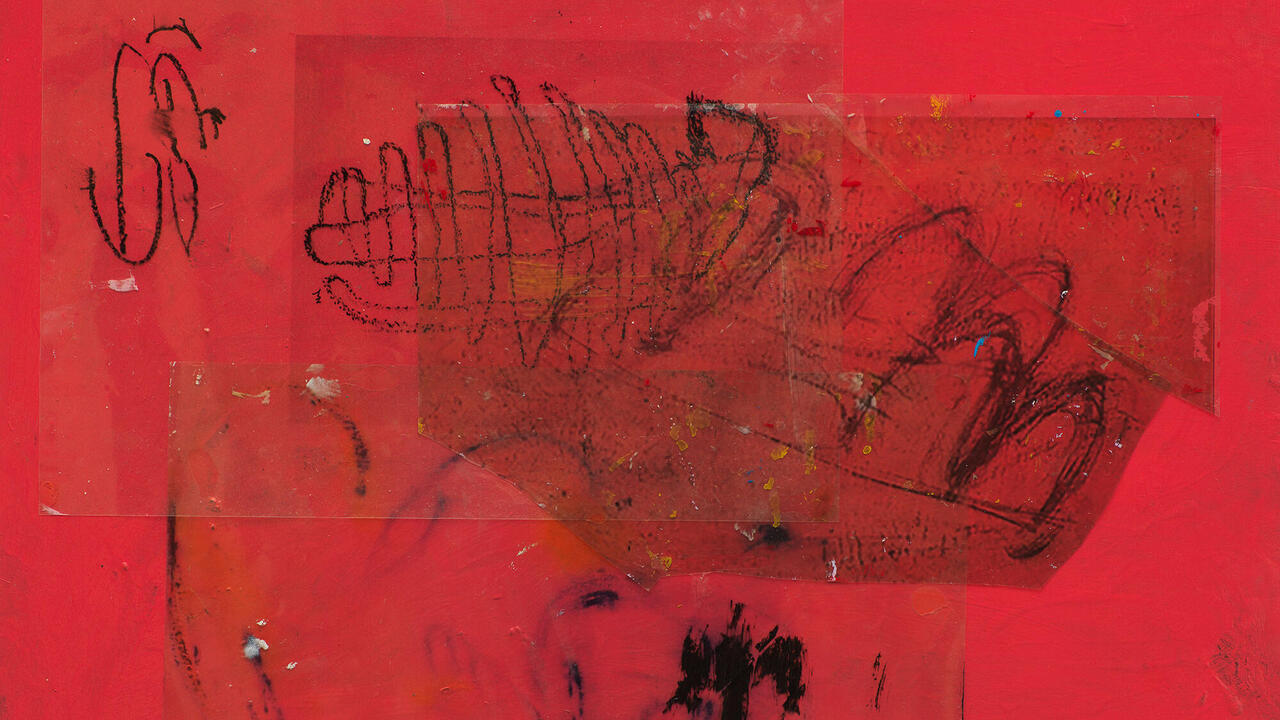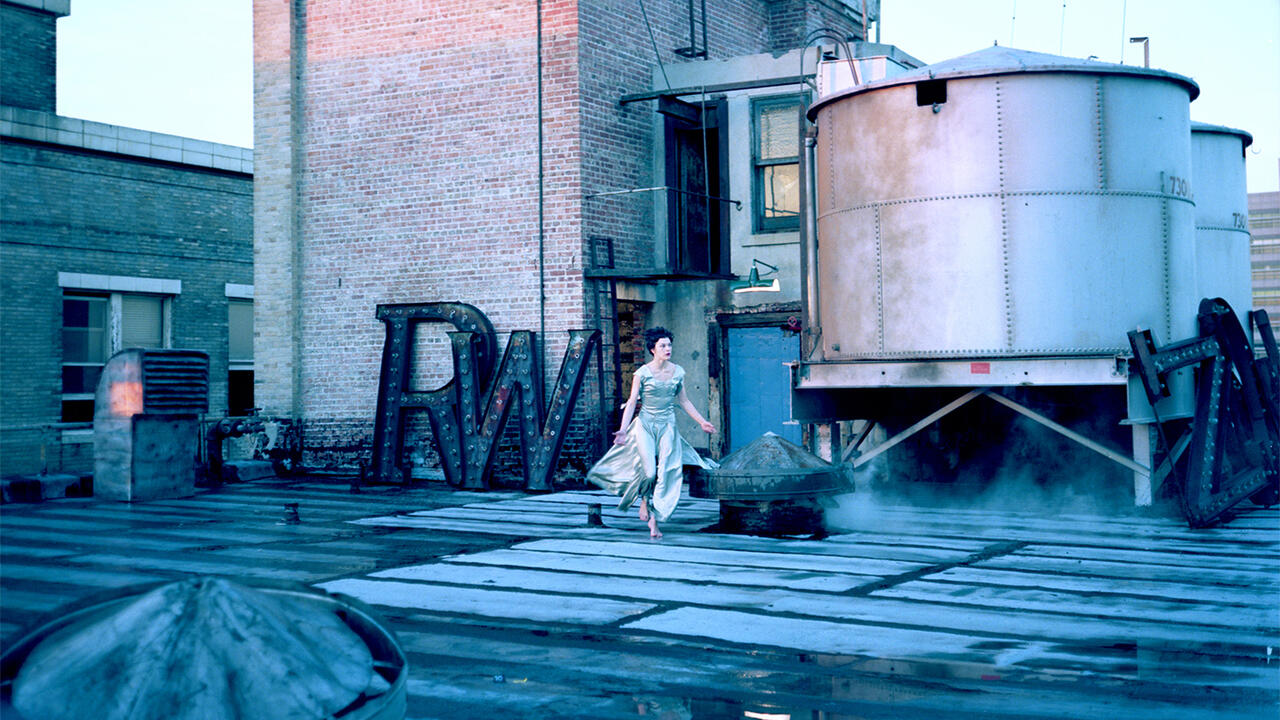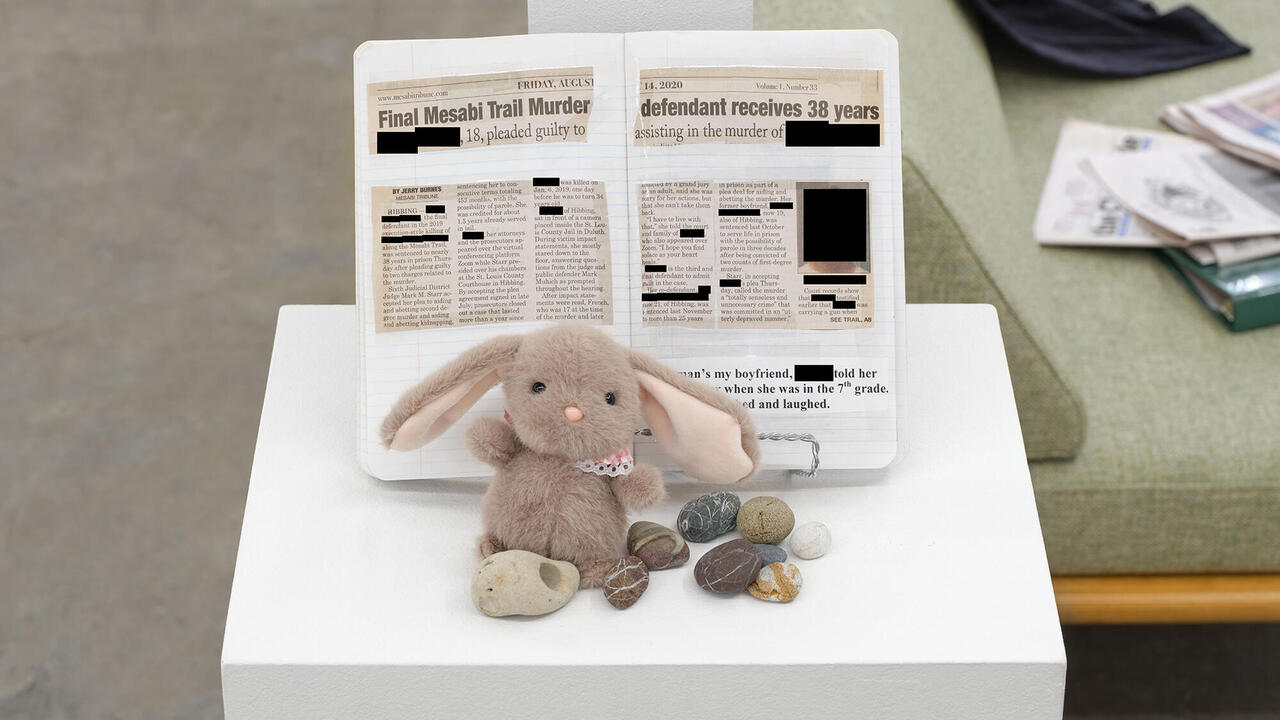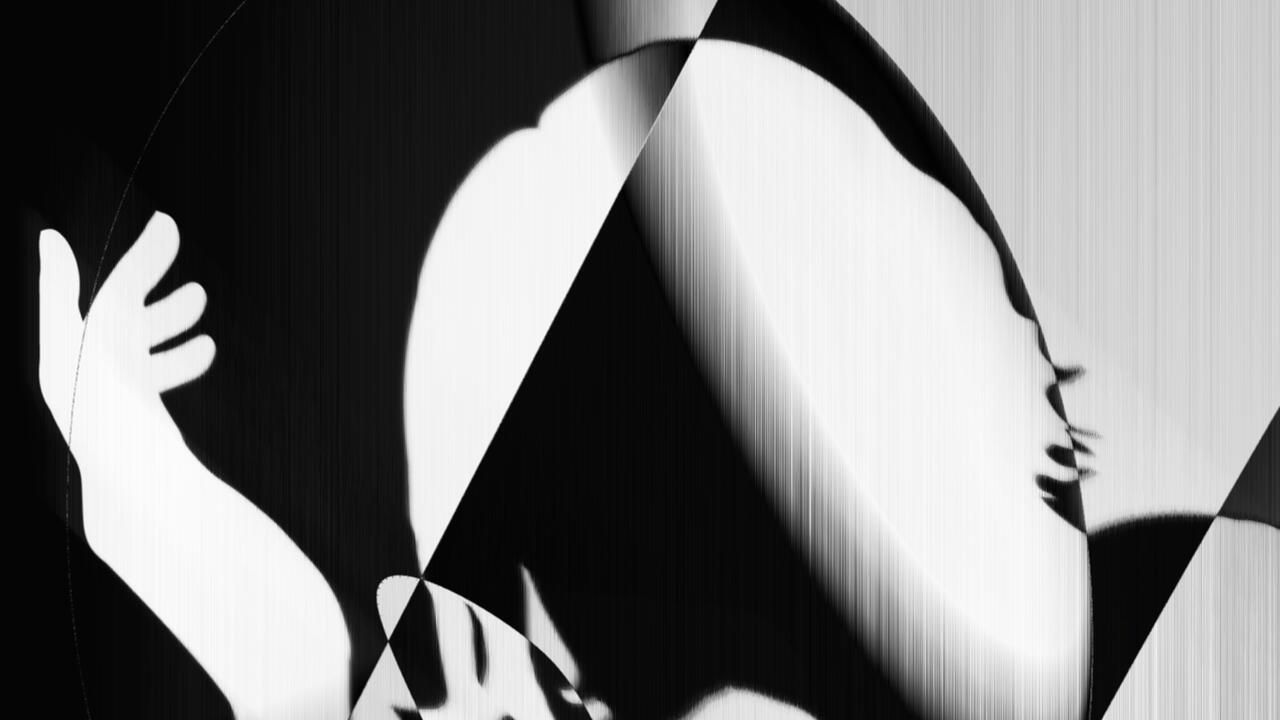Christiane Blattmann Questions the Essence of Sculpture
At Galerie Karin Günther, Hamburg, the artist’s minimal works embrace a phenomenological approach to artmaking
At Galerie Karin Günther, Hamburg, the artist’s minimal works embrace a phenomenological approach to artmaking

To get to Karin Guenther’s exhibition space, visitors must first pass through a room that doubles as an office and a storage area. The contrast between this cluttered antechamber and the refined, orderly setting of Christiane Blattmann’s ‘Watersheds’ – the artist’s first solo show at the Hamburg-based gallery – only serves to highlight the minimal nature of the work on display.

Comprising five wall-mounted sculptures, ‘Dividers’ (all works 2024) combines industrial pipes with reddish-orange hooded jackets in a series that explores the dynamic interplay between the mediums of sculpture, painting and architecture, as well as the variability in the perception of materiality. With its serial nature and reduced colour palette, ‘Dividers’ recalls minimalist works by artists including Robert Morris and Charlotte Posenenske, in particular the latter’s modular sculptures, such as ‘Square Tubes Series D’ (1967): six variations of straight steel tubes and corner connectors that can be combined in multiple ways to create diverse forms. Embracing the phenomenological notion shared by these artists that a viewer’s reading of an artwork is informed by their own conscious and unconscious experiences, Blattmann’s vertical, human-sized works transition in the mind from objects to erect, anthropoid subjects. These are works that raise questions about the very essence of sculpture: How does matter become form? How does materiality transcend its inherent nature in human perception?

Despite her use of ready-mades, which aligns with the minimalist objective to diminish the artist’s presence within the artwork, Blattmann’s sculptures possess a handmade quality. This is clearest in the faded orange hoodies, which are sewn by the artist from linen canvas – the traditional support for painting – and treated with encaustic, a centuries-old technique designed to prolong the lifespan of a painting, whereby pigment is added to hot wax and applied to wood or canvas. With their wax coating and russet tones, the works are reminiscent of sailors’ waterproof jackets. Blattmann has daubed their solidified surfaces with patches of white, grey and brown, leveraging the illusory power of paint to imbue them with a deceptive plasticity and playing with the boundaries between sculpture and painting.

While the title of the show, ‘Watersheds’, references the natural geographical networks that conduct rainfall towards a common body of water, the pipes used in ‘Dividers’ are likewise essential for channelling water through the built environment. By extension, they also evoke the digestive mechanisms that guide fluids around the body, creating a connection between the architectural and the human. This long-term area of interest for the artist is explored in Model für eine Stadterweiterung (nach Merete Mattern) (Model for a City Expansion [after Merete Mattern]) – a molding of a pair of dust-gray work boots in polyurethane elastomer sliced through with aluminum strips representing the eponymous German architect’s futuristic prototype for Ratingen-West in North Rhine-Westphalia, celebrated at the time as a new, ecological urban vision.
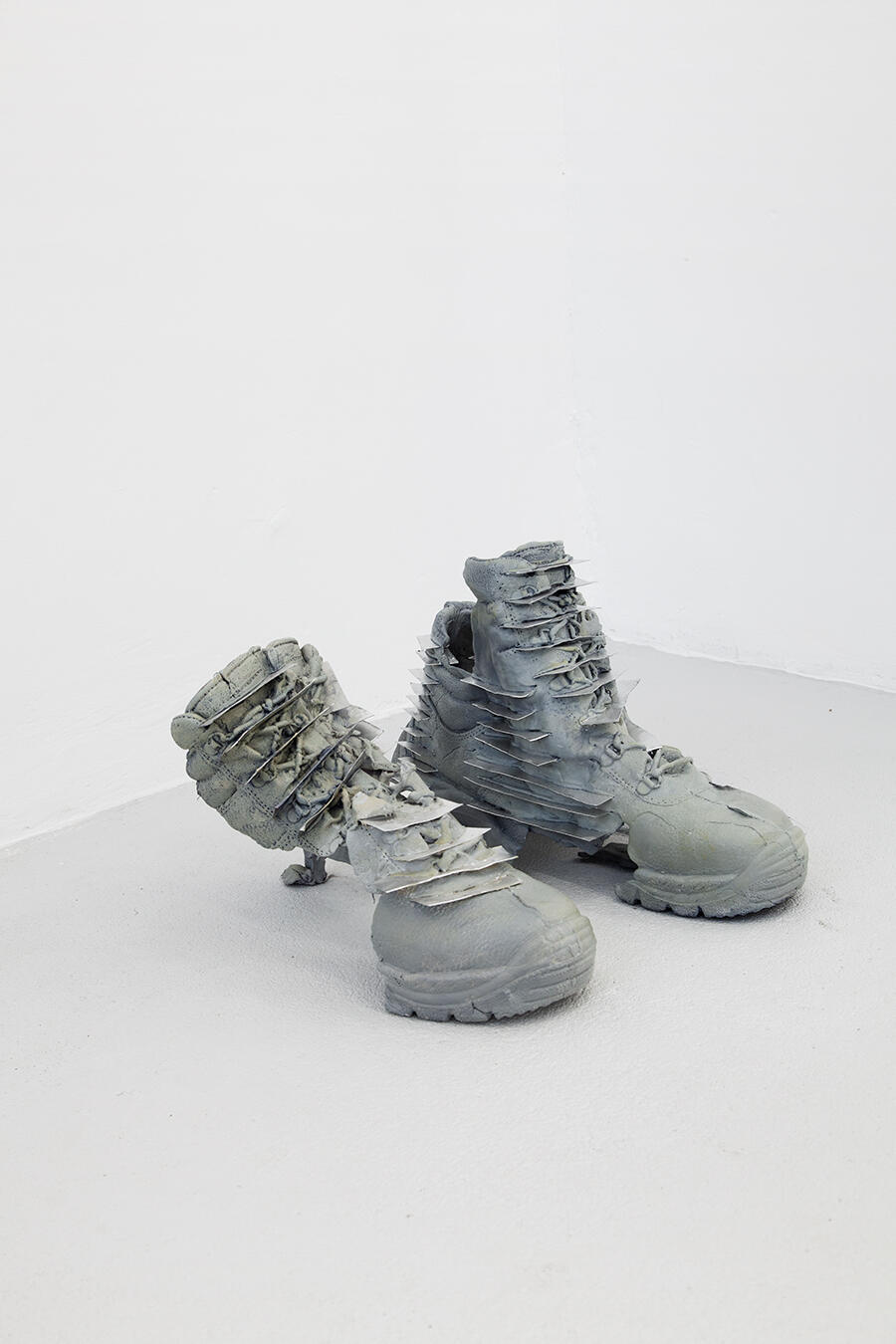
Cycling from ocean to cloud to rain to river, water is a symbol of permanent renewal. Everything in Blattmann’s narrative likewise evokes the notion of fluidity: solidity transforms into softness only to return to hardness; liquid matter vanishes only to reappear elsewhere; mediums blend into one another. This circularity, propelled by the various possible interpretations of the works on show and the artist’s use of specific pictorial techniques, encourages us to contemplate the permeability and elasticity inherent in matter and, by extension, the continuous movement that sustains existence.
Christiane Blattmann’s ‘Watersheds’ is on view at Galerie Karin Günther, Hamburg, until 29 June
Main image: Christiane Blattmann, ‘Watersheds’, 2024, exhibition view. Courtesy: the artist and Galerie Karin Guenther, Hamburg











